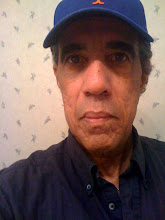Practices to which the witchcraft label has historically been applied are those which influence another person's mind, body, or property against his or her will, or which are believed, by the person doing the labelling, to undermine the social or religious order. Some modern commentators[who?] consider the malefic nature of witchcraft to be a Christian projection. The concept of a magic-worker influencing another person's body or property against his or her will was clearly present in many cultures, as there are traditions in both folk magic and religious magic that have the purpose of countering malicious magic or identifying malicious magic users. Many examples can be found in ancient texts, such as those from Egypt and Babylonia, where malicious magic is believed to have the power to influence the mind, body or possessions, malicious magic users can become a credible cause for disease, sickness in animals, bad luck, sudden death, impotence and other such misfortunes. Witchcraft of a more benign and socially acceptable sort may then be employed to turn the malevolence aside, or identify the supposed evil-doer so that punishment may be carried out. The folk magic used to identify or protect against malicious magic users is often indistinguishable from that used by the witches themselves.
There has also existed in popular belief the concept of white witches and white witchcraft, which is strictly benevolent. Many neopagan witches strongly identify with this concept, and profess ethical codes that prevent them from performing magic on a person without their request.
Where belief in malicious magic practices exists, such practitioners are typically forbidden by law as well as hated and feared by the general populace, while beneficial magic is tolerated or even accepted wholesale by the people – even if the orthodox establishment opposes it.




No comments:
Post a Comment